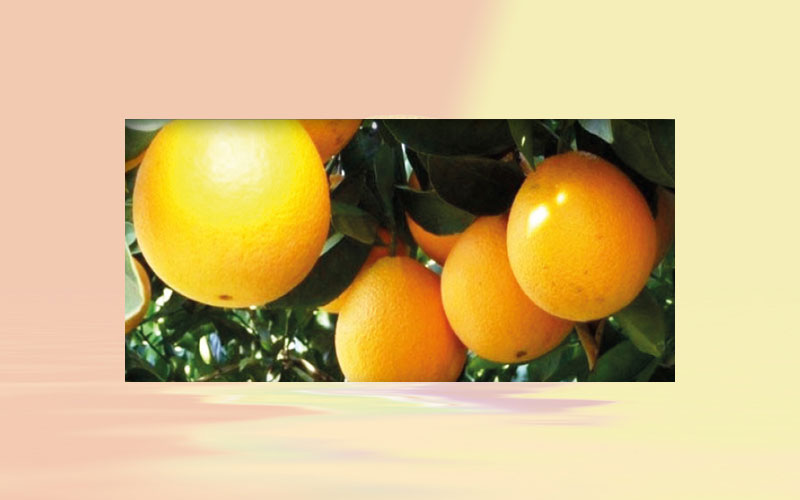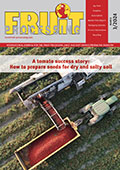Brazil: Although production is higher this season, prices are similar to the levels from January 2019
Despite the higher orange supply in the 2019/20 crop, quotes for all the varieties surveyed by Cepea in São Paulo State remained firm in January – similar to the levels observed in January last year, in nominal terms.

Despite the higher orange supply in the 2019/20 crop, quotes for all the varieties surveyed by Cepea in São Paulo State remained firm in January – similar to the levels observed in January last year, in nominal terms.
This scenario is linked to the lower volume of early and late oranges this season – the fruitlet losses and the lower flower settlement between December/18 and January/19 are now reflecting in a lower amount of early oranges. Prices could even be at higher levels, but the high number of lower quality fruits is constraining the average prices. This scenario helps to widen the gap between quotes.
Between January 2 and 31, the average price for pera rio oranges was 30.53 BRL per 40.8-kilo box, on tree, stable (+ 0.3 %) compared to that in Jan/19, but 8.2 % higher than that in December/19, in nominal terms. For the late varieties, natal orange quotes averaged 26.99 BRL per 40.8-kilo box, 2.4 % and 8.2 % up, respectively, compared to that in Jan/19 and Dec/19, also in nominal terms. As regards valencia oranges, the average price in January was 25.47 BRL per 40.8-kilo box, stable (- 0.5 %) compared to that in January/19, but 5.1 % higher than that in December/19.
SUPPLY – In general, the low supply of pear oranges has been reported by citrus growers since late 2019, but there still are remaining volumes of late varieties (mainly natal and folha murcha) available to be harvested in February. Therefore, the low supply of high quality fruits and the high temperatures this month, which usually favor citrus consumption in São Paulo, may underpin prices.
From March onwards, according to Cepea collaborators, the first oranges among the early varieties from the 2020/21 crop should be harvested, but only in the groves where activities have advanced. According to collaborators, most part should come from northern SP, since the weather is warmer in that area, which usually fastens fruits maturation. Still, as the harvest should not be large compared to the usual demand in that period, prices may be even higher in the in natura market.
TAHITI LIME – Growing supply and medium quality influenced tahiti lime quotes in January. From Jan. 2 to 30, quotes averaged 12.04 BRL per 27-kilo box, harvested, 28.1 % down compared to that in the same period last year and 46.9 % lower than that in December/19.
As the harvesting stepped up last month, crushing increased. In late January, four plants were operating, purchasing the fruit between 12 BRL and 14 BRL per box, harvested and delivered to the plant.
EXPORTS – The Brazilian exports of Frozen Concentrate Orange Juice (FCOJ) Equivalent increased in the first six months of the current season (2019/20). Between July and December 2019, Brazil shipped 665.85 thousand tons of the product to all dentitions, 22 % more than that from the same period of 2018, according to data from Secex. Revenue from these shipments, in turn, rose 10 % (in the same comparison), totaling 1.13 billion USD.
This result was already expected by agents from the sector, due to both the higher production in the Brazilian citrus belt (São Paulo and Triângulo Mineiro) in 19-20 and some bottling plants needs to replenish inventories. It is worth to mention that these increases also reflect the inventory flow from Brazilian terminals to terminals abroad, and not necessarily a sales increase in the same proportion.
To the European Union (the number one destination for the Brazilian juice), Brazil has exported 460.37 thousand tons of juice this season, 30 % up compared to the volume shipped between July and December 2018. To the United States, however, Brazilian shipments are decreasing, due to the crop recovery in Florida in the 18-19 season and perspectives for a positive scenario in the 19-20 season.
Higher orange supply in both Brazil and Florida in 19-20 and lower demand in the United States, in turn, are pressing down orange juice quotes this season.









